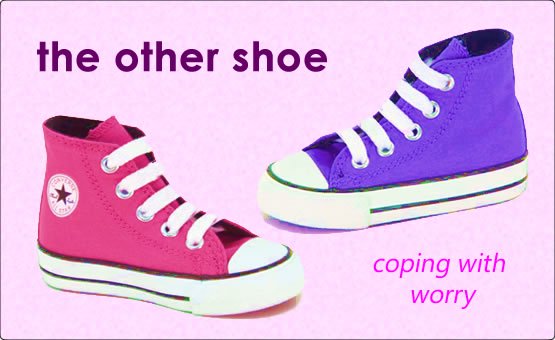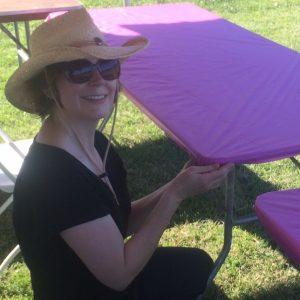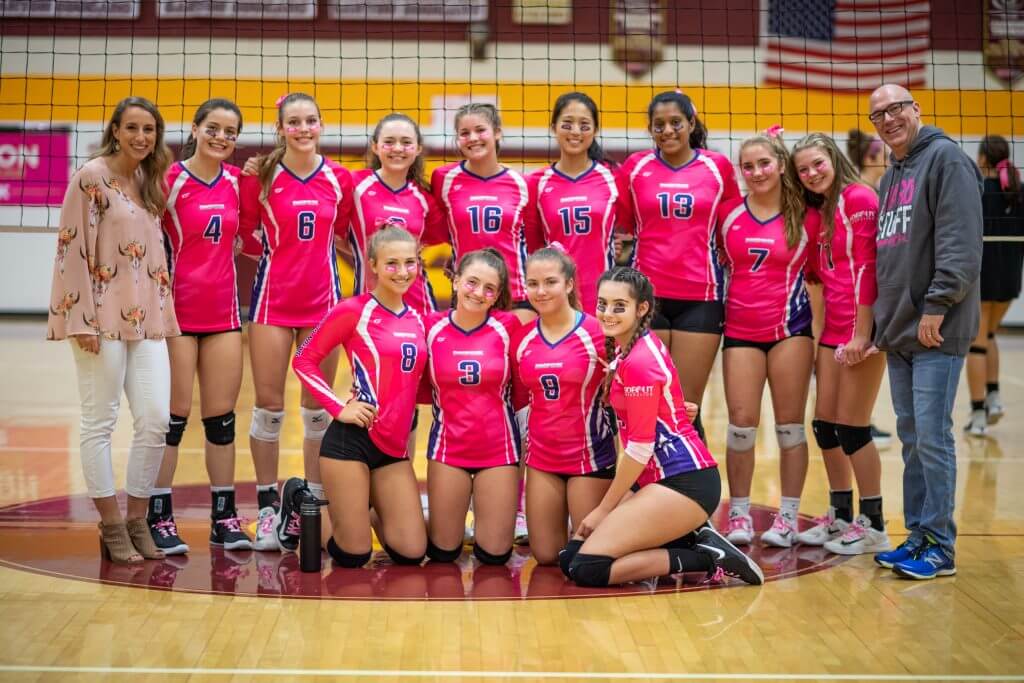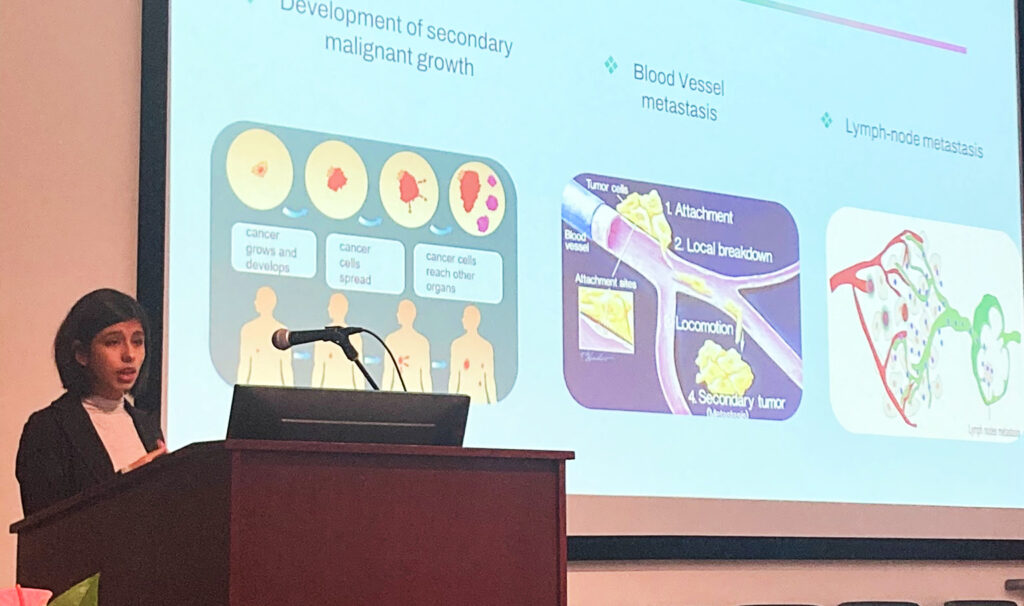 “I will recover fully, I will stay in remission, and I will live a normal life.” I created and recited this mantra throughout my treatment for acute myelogenous leukemia (AML). Well, to be more specific, throughout my second go-round with leukemia. After three and a half years in remission, I had relapsed. Luckily my sister, Laura, was a perfect match, and I had a stem cell transplant in October, 2008. I am now healthy, I’m working for a meaningful organization and I’m dating a wonderful guy. I feel as though my happiness must be contagious, but at the same time I wonder, how long will this lightheartedness last?
“I will recover fully, I will stay in remission, and I will live a normal life.” I created and recited this mantra throughout my treatment for acute myelogenous leukemia (AML). Well, to be more specific, throughout my second go-round with leukemia. After three and a half years in remission, I had relapsed. Luckily my sister, Laura, was a perfect match, and I had a stem cell transplant in October, 2008. I am now healthy, I’m working for a meaningful organization and I’m dating a wonderful guy. I feel as though my happiness must be contagious, but at the same time I wonder, how long will this lightheartedness last?
I worry about Pete, who I’ve been dating for about a month and a half. I don’t want him to get hurt if the cancer were ever to come back. We have so much fun together, and I foresee him being an important part of my future, yet there is still part of me that cannot help but worry about what the future holds.
I realize that sounds rather glass half empty kind of thinking, but I assure you, I have never been one to live life that way. I’ve asked other patients whether they sometimes wonder when the other shoe will drop, and most agree they try not to dwell on worrying about what might happen. Many acknowledge that they worry about relapse, but the feeling diminishes as time from diagnosis increases. Surprisingly, I have not had many responses from people who seem to worry about that other shoe.
Last weekend, I hit the trails with my Team in Training walk team, and I asked a teammate and fellow cancer survivor if she ever felt this way. She said that she worries less than she did several years ago, but that part of her expects some form of cancer to return someday. This does not hinder her or worry her, but it does separate her from others her age (she is a mother with young children), many of whom believe cancer will not choose them. She mentioned the fact that my worries are probably heightened because my leukemia did come back.
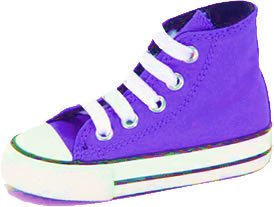 I discovered a wonderful resource about worry in an NPR show from June 10, 2002, “Talk of the Nation: Why We Worry and How to Deal with It”. Host Neal Conan discusses worry with various experts, one of whom is the author of Worry: Hope and Help for a Common Condition (Dr. Edward Hallowell). Hallowell mentioned that worrying is both genetic and relative to life experience. Clearly, as my friend on the trails had pointed out, my experience with a leukemia diagnosis and then a relapse shaped my expectations and thus my worries.
I discovered a wonderful resource about worry in an NPR show from June 10, 2002, “Talk of the Nation: Why We Worry and How to Deal with It”. Host Neal Conan discusses worry with various experts, one of whom is the author of Worry: Hope and Help for a Common Condition (Dr. Edward Hallowell). Hallowell mentioned that worrying is both genetic and relative to life experience. Clearly, as my friend on the trails had pointed out, my experience with a leukemia diagnosis and then a relapse shaped my expectations and thus my worries.
If “fear is the origin of worry”, as Dr. Hallowell commented, then it is obvious why anyone who went through cancer treatment (or any traumatic event) may find himself worrying more. We become fearful that it may happen again. How can we control these feelings and move on with our lives? Hallowell points to three important steps: 1) connecting with friends and family, 2) getting the facts about our fear and 3) making a plan to control our fear. I enacted all three steps before I even knew experts had outlined them.
Here’s what I do: I write down my worries so I can share them with my oncologist at my next visit. Sometimes the act of writing it down is enough to bring relief. I also share my thoughts with my family and close friends. Typically when I feel the most intense worry, it’s late at night, and it’s me alone with my thoughts. I force myself to think of the worst possible scenario (which would be the leukemia coming back and me dying). Then I ask myself, “what can I do to prevent this from happening?”, and the answer is always “listen to my doctors, monitor any symptoms, and keep my body strong by exercising and eating well”. Finally, I remind myself that aside from those preventive measures, I have no control, so there is no point in worrying. I may have to repeat the process frequently, but it certainly keeps “toxic worry” (as Dr. Hallowell refers to worry that is not helpful in any way) from overrunning my life. An example of “good worry” would be a student preparing for an exam. If he is afraid he will fail it, a good result of this worry would be for him to seek help from teachers/tutors.
I thought Hallowell’s description of worry was perfect: it is “the price we pay for having memory and imagination”. He went on to say that it is particularly high in intelligent, imaginative people. Now I know why I worry so much! It must be my incredible intelligence!
I passed my worries and my worry research on to Pete last night, and he reacted as I knew he would. He said he too hopes I do not have to deal with cancer again, but that I need not worry about him or what may be since whatever happens regarding the leukemia is out of our control. He understands why I worry and he will be right here with me. At least it seems I no longer have to worry about finding the perfect guy.
